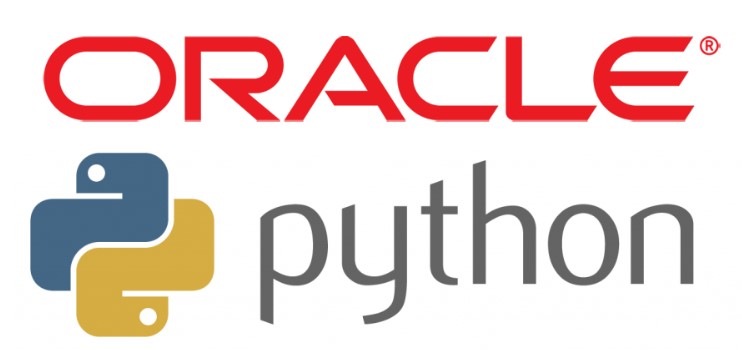Reading Time: ~9 minutes
Enterprise Resource Planning (ERP) systems are the backbone of modern businesses, but they’re not without challenges—complex configurations, slow user adoption, poor data quality, and high costs plague many implementations. Fortunately, Artificial Intelligence (AI) is rapidly becoming the secret weapon to overcome these pain points.
In this article, we’ll dive into the top 10 ERP user challenges and show how AI-powered solutions are solving them—with real-world success stories that prove the impact.
1. Manual Data Entry & Errors
The Challenge: Manual data entry not only wastes time but leads to costly human errors.
AI Solution: Intelligent data capture tools use Optical Character Recognition (OCR) and Natural Language Processing (NLP) to extract and validate data from invoices, receipts, and purchase orders automatically.
Real-World Example:
PepsiCo implemented AI-driven invoice scanning to automate AP data entry, reducing human error by over 70% and saving thousands of hours annually.
2. Inaccurate Forecasting
The Challenge: Traditional forecasting methods fail to account for real-time variables and market fluctuations.
AI Solution: Predictive analytics uses historical data, real-time inputs, and machine learning algorithms to forecast demand, supply chain needs, and financial outcomes with precision.
Real-World Example:
Unilever leveraged AI-based forecasting in their ERP to improve inventory planning, resulting in a 20% reduction in excess stock and an 8% increase in sales efficiency.
3. Complex Financial Reconciliation
The Challenge: Matching transactions across multiple systems and accounts is time-consuming and error-prone.
AI Solution: AI bots automate reconciliation by matching invoices, payments, and GL entries, detecting mismatches instantly.
Real-World Example:
A global oil and gas company used Oracle Cloud ERP with AI bots to automate intercompany reconciliations—cutting the month-end close from 10 days to just 3.
4. Inefficient Procurement Processes
The Challenge: Procurement teams struggle with long approval cycles, price inconsistencies, and compliance issues.
AI Solution: AI recommends suppliers, flags risks, and automates approval workflows.
Real-World Example:
IBM implemented AI-driven procurement in SAP Ariba, shortening sourcing cycles by 35% and increasing contract compliance.
5. User Adoption & Training
The Challenge: ERP systems are often too complex for end-users to use effectively.
AI Solution: AI-powered digital assistants (chatbots) guide users in real-time, offering contextual help and reducing reliance on IT support.
Real-World Example:
Oracle Digital Assistant is integrated with Oracle Fusion Cloud ERP to help users navigate processes with voice and text queries, boosting productivity and reducing helpdesk tickets.
6. Poor Data Quality
The Challenge: Inconsistent, incomplete, or duplicate data undermines analytics and decision-making.
AI Solution: AI cleanses data by identifying duplicates, filling gaps, and enforcing data governance rules automatically.
Real-World Example:
A European pharma company used AI from Informatica to enhance master data quality in SAP, improving reporting accuracy and operational decisions.
7. Slow Decision-Making
The Challenge: Executives lack real-time insights into operational KPIs.
AI Solution: Embedded AI generates real-time dashboards with smart alerts, forecasts, and prescriptive recommendations.
Real-World Example:
DHL used AI analytics in their ERP to monitor logistics in real time, helping management respond to issues before they escalated.
8. Security Risks and Fraud Detection
The Challenge: ERPs are a prime target for internal and external threats.
AI Solution: Machine learning detects anomalies in user behavior and transaction patterns, triggering real-time alerts for suspicious activity.
Real-World Example:
A major U.S. bank integrated AI into Oracle ERP to detect unusual payment patterns, flagging fraudulent activities 50% faster than manual controls.
9. Inflexible Customizations
The Challenge: Custom ERP modules are expensive to maintain and don’t scale well.
AI Solution: AI platforms offer configurable intelligence without deep customization—like smart workflows and dynamic rules that adapt to behavior.
Real-World Example:
BASF used low-code AI tools within their SAP environment to roll out new functionalities 3x faster than traditional custom development.
10. Global Compliance & Taxation
The Challenge: Frequent tax regulation changes, especially across countries, make compliance a nightmare.
AI Solution: AI engines monitor regulatory updates, validate compliance, and automate e-invoicing formats across geographies.
Real-World Example:
Siemens implemented AI tools to handle e-invoicing and tax compliance in Latin America, staying compliant with rapidly changing laws in Brazil and Mexico.
Final Thoughts
AI is not just a buzzword—it’s a proven accelerator for ERP value. Whether it’s improving data accuracy, cutting operational costs, or enabling smarter decisions, AI is solving some of the biggest ERP challenges faced by enterprises today.
🔁 What’s Next?
Want to see how AI could supercharge your ERP system?
✅ Subscribe to our newsletter for hands-on insights
✅ Explore our deep-dive on ERP + AI in finance



